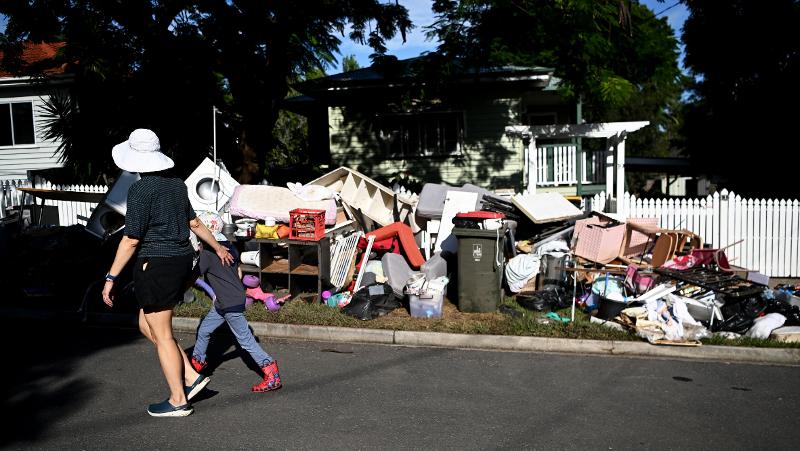
With Queensland and New South Wales facing extreme flooding and an enormous clean-up bill, QUT has experts available for interview on aspects relating to the floods.
Topics include flood warning systems, the link to climate change, the impact on food supply and grocery bills, and keeping safe during the massive clean-up.
Buyback schemes and new zoning approaches could help minimise future flood damage
 Professor Doug Baker from QUT’s School of Architecture and Built Environment has expertise in land use planning, neighbourhood planning, airports, and food logistics.
Professor Doug Baker from QUT’s School of Architecture and Built Environment has expertise in land use planning, neighbourhood planning, airports, and food logistics.
He suggests that buyback schemes and future zoning away from flood areas will be key strategies to minimise future damages to housing and infrastructure.
He says flooding occurs from large volumes of water coming up through sewers, not just from rivers overflowing. He can discuss how lessons were learnt from the 2011 floods, leading to valves being placed on sewers to stop outflow (eg, at Paddington), and flood gates being installed at QUT.
Professor Baker says we need to step up what we are doing, and he cites the example of Canada and British Columbia buying back land (Alberta, Ontario), and implementing new standards for bridge abutments.
Can you move a whole town in the wake of extreme floods?
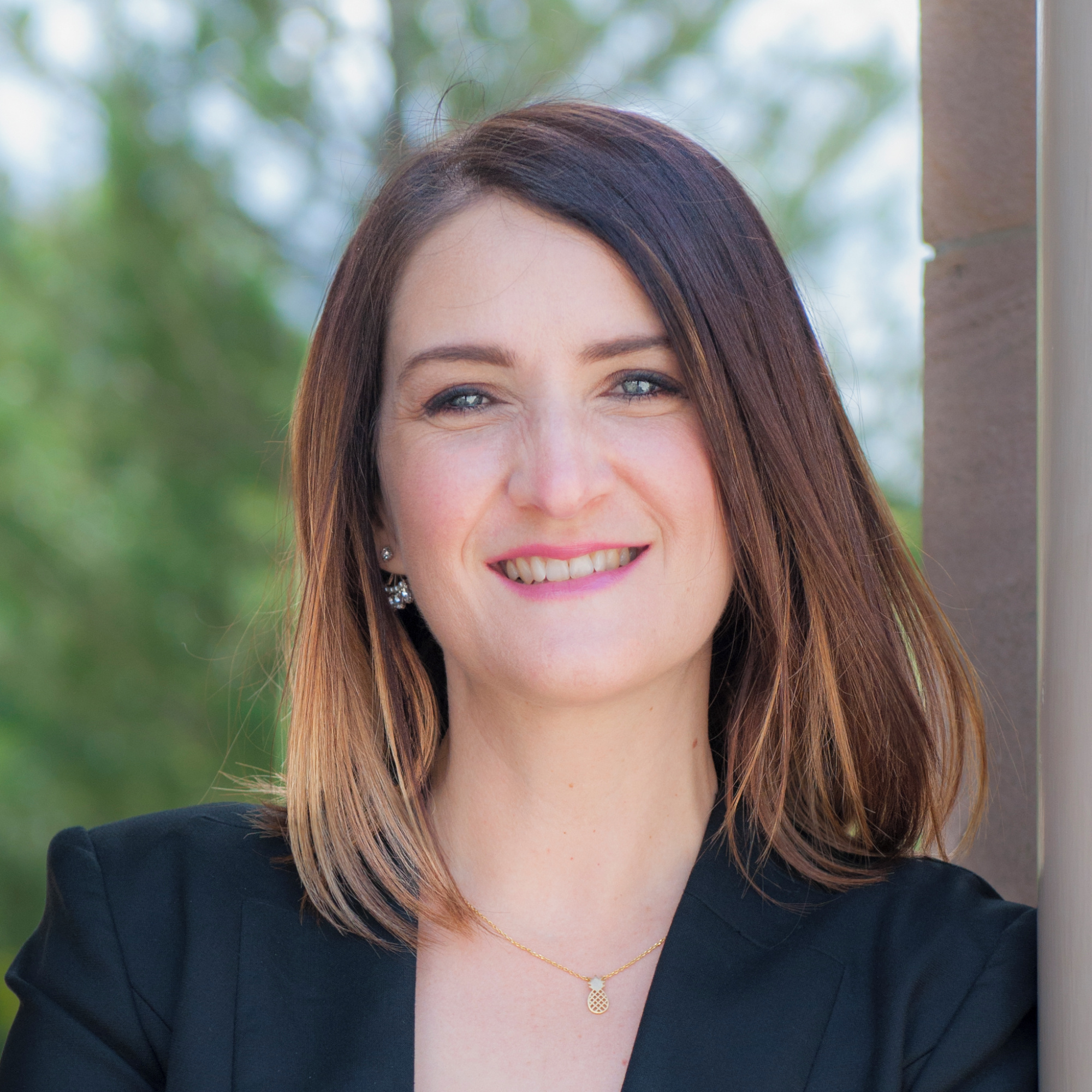 Associate Professor Karen Vella from QUTs School of Architecture and Built Environment researches resilience and adaptation in the built environment in response to natural disasters.
Associate Professor Karen Vella from QUTs School of Architecture and Built Environment researches resilience and adaptation in the built environment in response to natural disasters.
She says that although there is often interest and talk of relocating towns and communities following natural disasters, there is very limited experience of successful relocation globally. The town of Grantham in Queensland is a rare exception. The first residents moved into their homes 11 months after the 2012 flood.
Associate Professor Vella can discuss a range of human, community, physical, legal and institutional factors that are associated with community relocation and what the architects of the relocation of Grantham did well. She can also discuss how acting quickly in response to natural hazards is more likely to lead to a successful community relocation, and the importance of outside leadership in supporting local leaders and communities to plan a way forward.
Don’t blame the BOM for the ‘rain bomb’
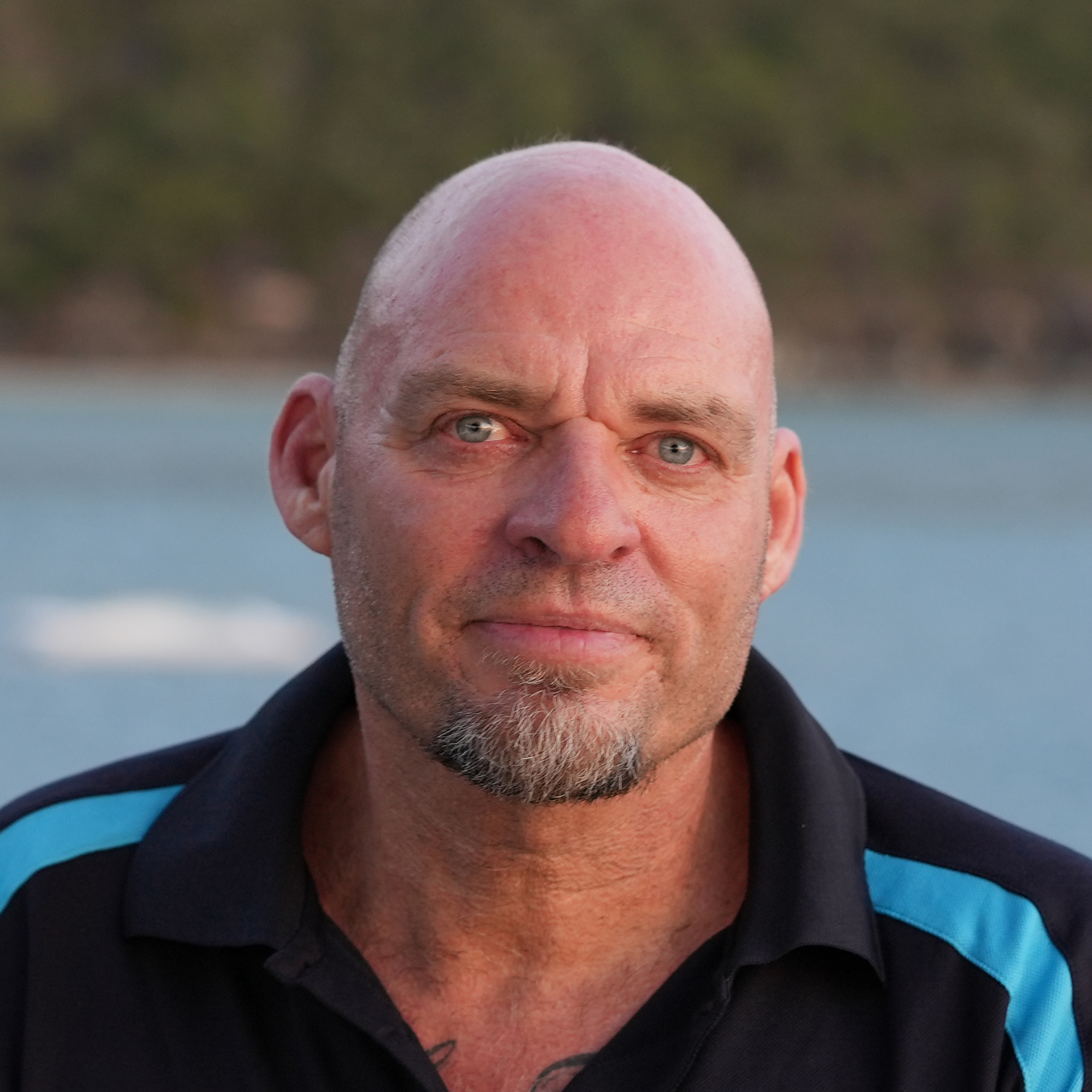 Adjunct Professor Mark Gibbs from QUT’s Faculty of Engineering School of Architecture & Built Environment is a specialist in coastal management, weather research, coastal climate adaptation and risk assessment and management.
Adjunct Professor Mark Gibbs from QUT’s Faculty of Engineering School of Architecture & Built Environment is a specialist in coastal management, weather research, coastal climate adaptation and risk assessment and management.
Australia has the fourth-largest weather radar network in the world. He says most people rely on technology-driven weather forecasts to understand and avoid risks.
Professor Gibbs says forecasters use weather models that simulate conditions in the atmosphere, ocean, and above land and apply mathematical equations to predict future weather. Low pressure systems and especially east coast and tropical lows, which can lead to storms, are harder to predict than high pressure systems which tend to bring calm conditions.
He says relying on just-in-time weather information is a poor substitute for better planning and preparedness. At a government agency level, he says better flood preparedness would include overhauling planning laws to ensure the built environment is resilient to natural hazards. It would also involve ensuring local councils are properly resourced to help residents on the ground while individuals can also take action to minimise flood damage to their property.
The quicker the post-flood clean up, the better for air quality & human health
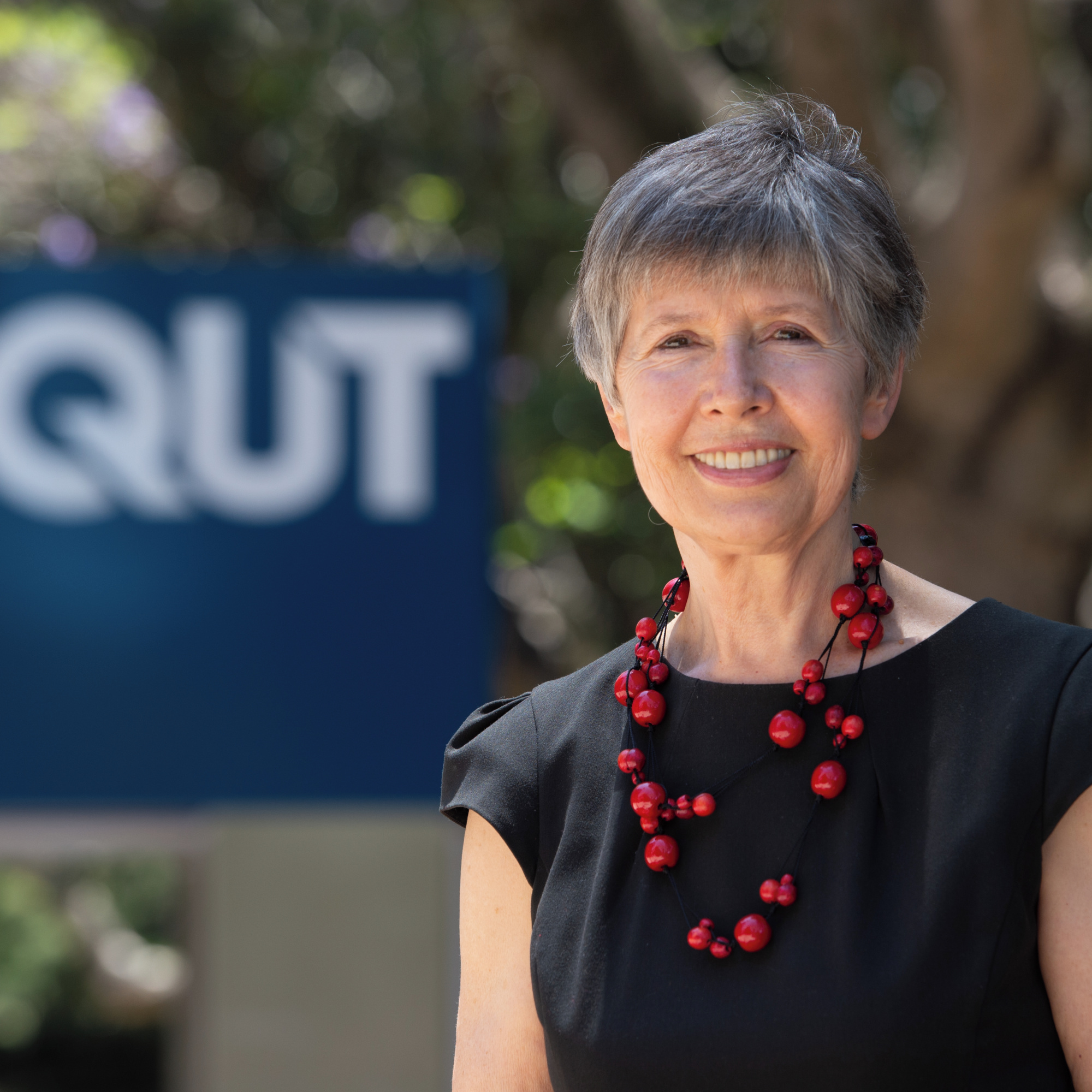 Distinguished Professor Lidia Morawska is a world-renown scientist and Director of the International Air Quality and Health Laboratory. She recently led the group of international scientists who alerted the world to the fact that the COVID-19 virus had airborne spread.
Distinguished Professor Lidia Morawska is a world-renown scientist and Director of the International Air Quality and Health Laboratory. She recently led the group of international scientists who alerted the world to the fact that the COVID-19 virus had airborne spread.
After post-flood field research in March and May 2011, she studied the indoor and outdoor air quality in Brisbane and presented her findings at the Conference of the International Society of Indoor Air Quality and Climate in 2012.
She can discuss how swift action by homeowners and the ‘mud army’ to remove wet materials and dry out buildings helped reduce moisture and humidity in flooded houses and prevented the growth of bacteria and mould and improve indoor air quality.
Flood affected goods in landfill will release methane
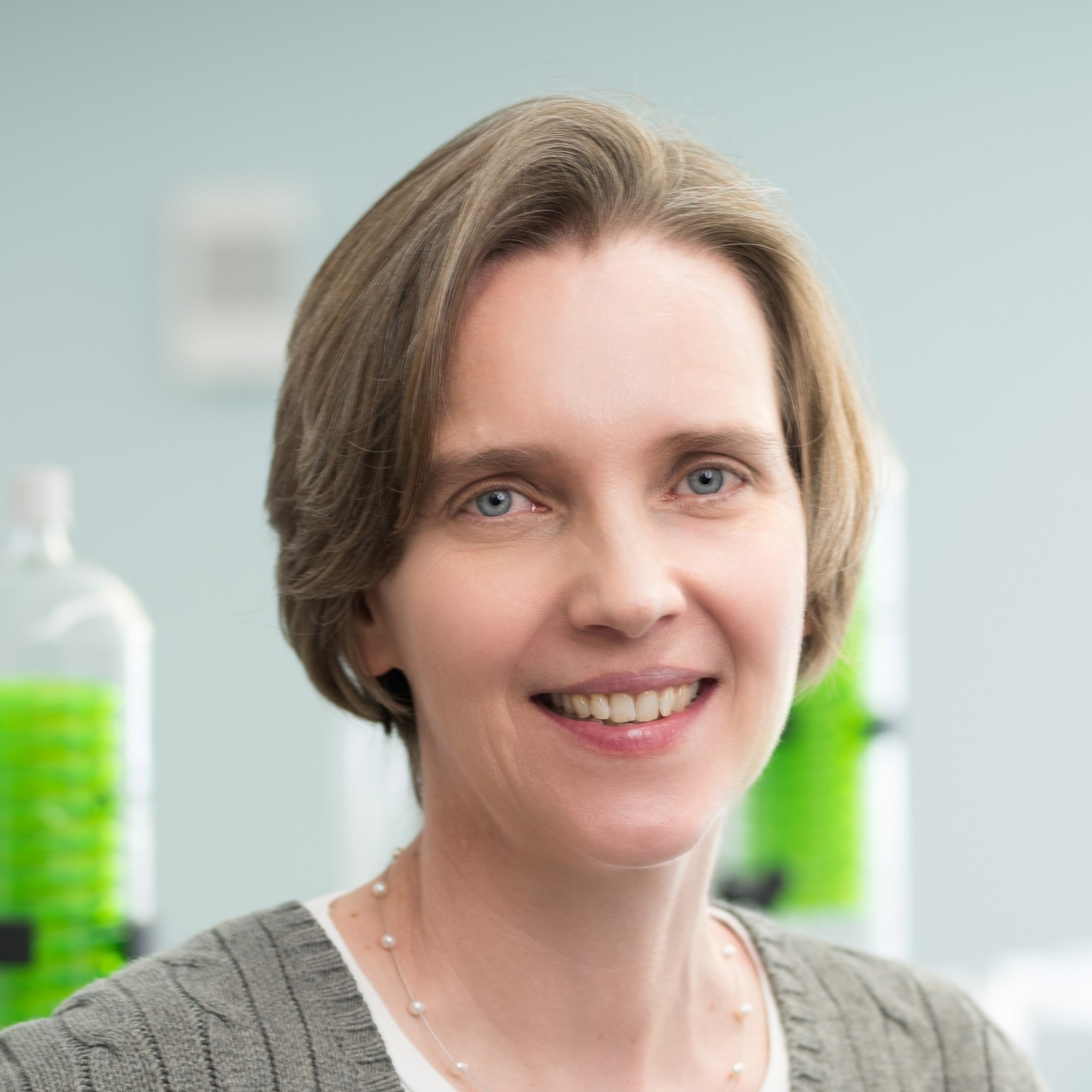 Professor Leonie Barner is a chemist and Director of QUT’s Centre for a Waste-Free World and says the huge amounts of waste caused by the floods will emit large volumes of greenhouse gas emissions from landfill and contribute to the depletion of natural and non-renewable resources.
Professor Leonie Barner is a chemist and Director of QUT’s Centre for a Waste-Free World and says the huge amounts of waste caused by the floods will emit large volumes of greenhouse gas emissions from landfill and contribute to the depletion of natural and non-renewable resources.
She can explain how wooden furniture and food waste will degrade in landfills and produce methane (a potent greenhouse gas) and how lack of separation will mean other harmful items will end up in landfill, such as batteries, paints, oils, halogen lamps, electronics, and medicine. Mattresses are also a substantial problem in landfills because of their bulky nature, their potential to spark fires, and their potential for emissions. Professor Barner says modern landfill sites collect methane and either burn it (which results in the production of CO2) or use it for energy production. However, the best option is not to have organic waste in landfill sites at all.
Professor Barner can also talk about Brisbane’s landfill site nearing its capacity and how the floods will bring further pressure. She can also discuss how the floods contribute to marine pollution.
Disastrous mix – how humans and nature contribute to natural disasters
 Professor Scott Bryan from QUT's School of Earth & Atmospheric Sciences teaches and researches natural hazards and disasters.
Professor Scott Bryan from QUT's School of Earth & Atmospheric Sciences teaches and researches natural hazards and disasters.
He says that to understand a natural disaster like the recent Queensland floods, it is critical to understand the hazard itself and the human factors that combine to result in a natural disaster or catastrophe. He also says it is important to have a long-term view to place constraints on whether natural hazards are increasing in frequency and becoming more severe, or whether human factors make more of a contribution to the natural disaster.
Professor Bryan can also discuss how the volume of natural hazards facing south-east Queenslanders can lead to “shiny object syndrome”, where the population ends up being concerned about the last disaster event (eg, flooding) but forgets about the risks posed by other hazards.
Worse than 2011? Media, communications lacking coordination during the Qld Floods
Professor Jean Burgess from the QUT Digital Media Research Centre has undertaken extensive research into the role of social media in natural disasters, and co-authored the major report #qldfloods and @QPSMedia: Crisis Communication on Twitter in the 2011 South East Queensland Floods
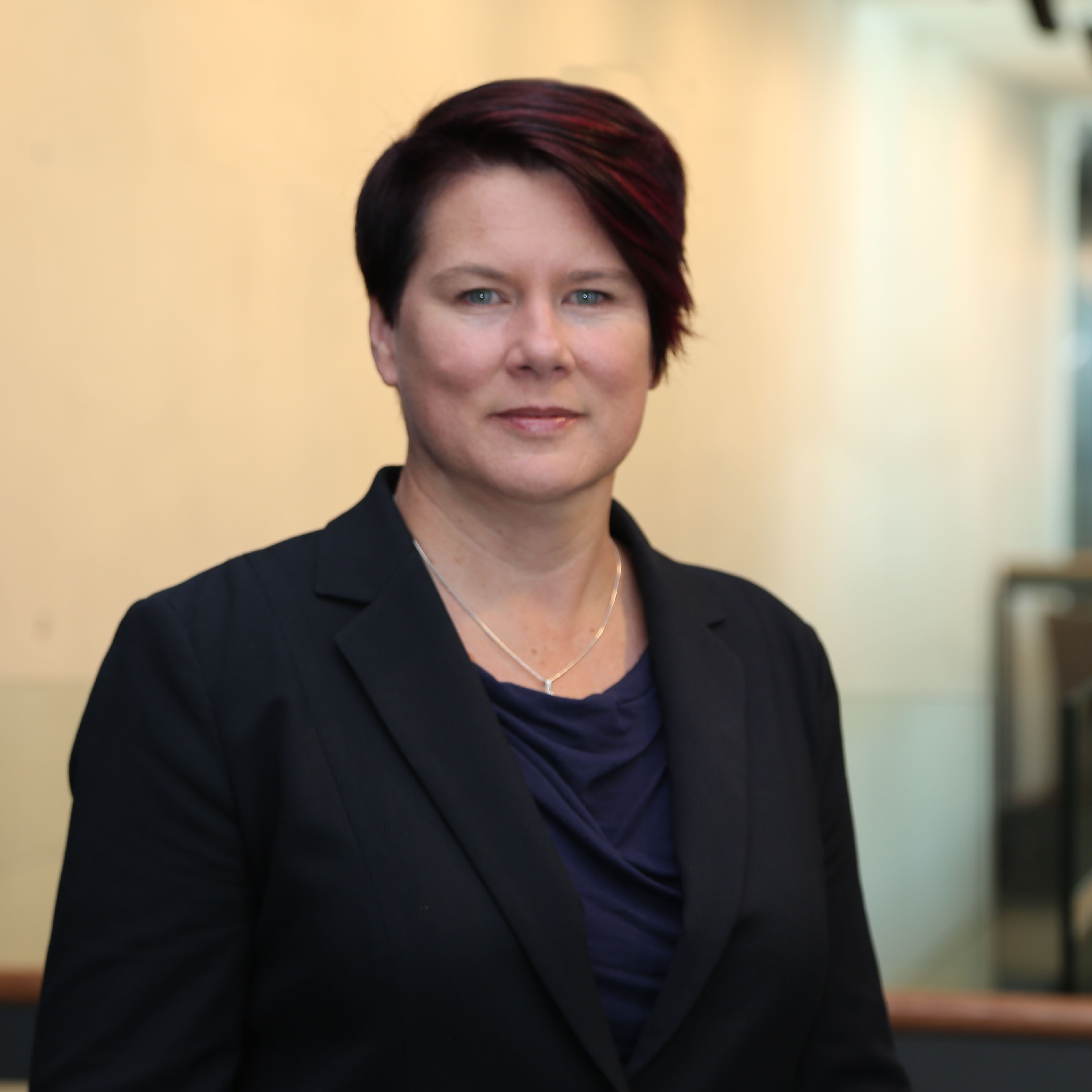 Professor Burgess says that while we now have access to more media channels than ever before, this can lead to uncoordinated confusion rather than certainty, and calm, clear messaging remains key. She says while some sections of the media reported responsibly and helpfully during the emergency phase of the Queensland floods, others took a familiar but disappointing ‘disaster porn’ approach, and a lack of coordination and data sharing between government, media, and tech companies like Google made getting through the crisis safely difficult for residents.
Professor Burgess says that while we now have access to more media channels than ever before, this can lead to uncoordinated confusion rather than certainty, and calm, clear messaging remains key. She says while some sections of the media reported responsibly and helpfully during the emergency phase of the Queensland floods, others took a familiar but disappointing ‘disaster porn’ approach, and a lack of coordination and data sharing between government, media, and tech companies like Google made getting through the crisis safely difficult for residents.
While some people rely entirely on their smartphones, others expect to turn on the television to find out what is going on, and the closure of local news agencies Australia-wide has left a gaping hole in fulfilling this role. Professor Burgess says even the most digitally connected residents have had tremendous trouble sourcing accurate, real-time information about flooding, evacuation orders, road closures and more.
She is also critical of the apparent lack of coordination of official information in comparison to 2011, which she says had good State and local government coordination, and utilised emerging social media well. Despite more sophisticated emergency information procedures and technology developed since 2011, some messages from authorities were alarmist and vague.
The economic cost of surface run-off – simple urban design solutions could save households from future floods
 Professor Ana Deletic is Executive Dean of the QUT Faculty of Engineering, an internationally renowned researcher in the field of urban water engineering, and the world’s most published researcher on stormwater management. She is available for comment on urban drainage issues and stormwater runoff, urban flood modelling, and the more strategic use of decentralised water management to mitigate future flood events.
Professor Ana Deletic is Executive Dean of the QUT Faculty of Engineering, an internationally renowned researcher in the field of urban water engineering, and the world’s most published researcher on stormwater management. She is available for comment on urban drainage issues and stormwater runoff, urban flood modelling, and the more strategic use of decentralised water management to mitigate future flood events.
She says that current urban drainage systems are sized for one-in-five or 1-in-10-year rain events, based on historical data, but these are occurring more frequently and with higher water volumes and peaks due to climate change. The continual expansion of our cities is also introducing more paved areas (roads, car parks, roofs , etc) and reducing the opportunity for rain to soak into soil and lessen run-off. Consequently, the majority of houses will have some problems due to surface flooding as climate changes – even houses located high up and far from a creek.
Professor Deletic can discuss how simple urban design solutions could help combat water run-off and save households from future floods. She says it’s economically impossible to fix or restore every pipe in our system, but councils and homeowners can introduce strategic but simple Water Sensitive Urban Design (WSUD) to protect neighbourhoods, such as rain gardens, bio-retentions, grass swales, and constructed wetlands.
Take care with the clean-up
 Professor Gerry FitzGerald is Adjunct Professor of Public Health at QUT. He is co-author of the book, Disaster Health Management: A Primer for Students and Practitioners.
Professor Gerry FitzGerald is Adjunct Professor of Public Health at QUT. He is co-author of the book, Disaster Health Management: A Primer for Students and Practitioners.
Professor FitzGerald can discuss the risks for homeowners and volunteers helping in the clean-up. These include: infection as all flood water is contaminated; injury through damaged infrastructure and floating debris; snakes and insects. He says people need to take personal care during clean up, including protective clothing, staying out of the water when possible, and ensuring immunisations are up to date.
Professor Fitzgerald said that while the experience with the mud army in 2011 was a demonstration of togetherness and magnificent community support, there were some adverse experiences as individuals in good faith disposed of stuff that could easily have been washed, and also heirlooms and important memories. Ask before disposing.
Impact on storms and floods river systems
Dr Julio Salcedo-Castro is a lecturer in QUT’s School of Earth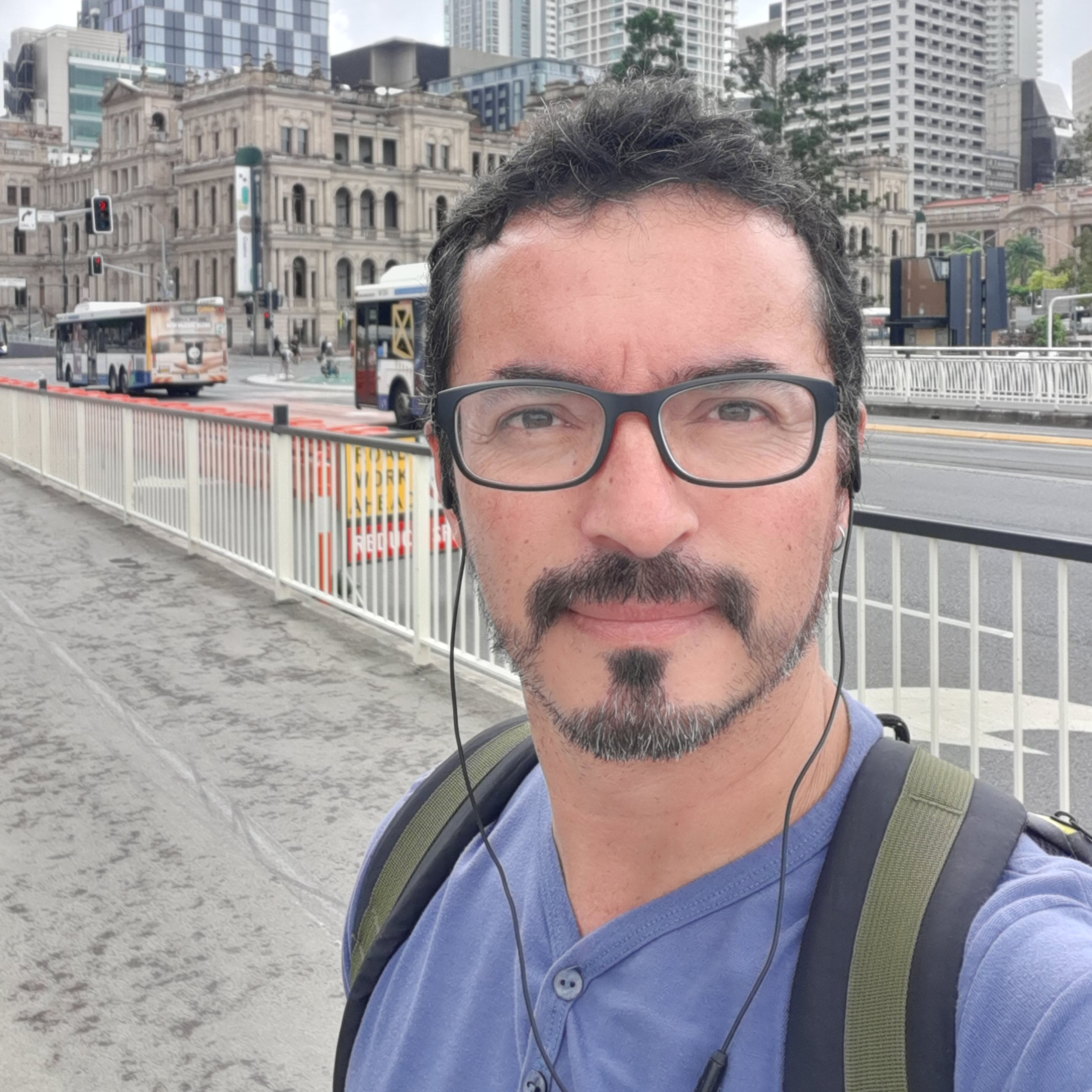 and Atmospheric Sciences.
and Atmospheric Sciences.
Dr Salcedo-Castro’s expertise is physical oceanography atmosphere-ocean interaction, combining numerical modelling, remote sensing, and observational data. He has worked on projects focused on risks associated with extreme waves and sea-level rise and studied the impact of extreme weather on marine protected areas, estuaries, and coastal wetlands.
He can discuss about the potential implications of storms, floods, and tropical cyclones on coastal and estuarine systems from the perspective of coastal and estuarine (river) processes.
Sewers and other engineered systems impacted by floods
 Dr Prasanna Egodawatta from QUT’s School of Civil and Environmental Engineering is a researcher who focuses on water engineering and environmental engineering.
Dr Prasanna Egodawatta from QUT’s School of Civil and Environmental Engineering is a researcher who focuses on water engineering and environmental engineering.
He can discuss the environmental pollution and potential health impacts of floods.
He says sewer overflows and excessive leachate from landfill sites are common during flood events, as engineered systems are not always capable of managing and containing them during these times. Care should be taken during clean-up (including wearing boots and gloves) and with the re-use/recycle of flood-affected goods.
Coming years may see more exotic mosquito-borne viruses appear
 Dr Francesca Frentiu from QUT's School of Biomedical Sciences is an expert on mosquito-borne viruses.
Dr Francesca Frentiu from QUT's School of Biomedical Sciences is an expert on mosquito-borne viruses.
She says climate change and increased globalisation have led to these diseases spreading across the globe in recent years. She can discuss how floods may impact the likelihood of rising cases of mosquito-borne diseases, and the biology and transmission of new viruses in Australia such as Japanese encephalitis and old enemies such as Ross River and dengue.
Rubbish that hasn’t been cleared away is a particular danger, as it can collect water and form ideal breeding grounds for mosquitoes.
How to be flexible with food when the shelves are bare
 Associate Professor Helen Vidgen from QUT's School of Exercise and Nutrition Sciences is a dietitian and expert in food literacy.
Associate Professor Helen Vidgen from QUT's School of Exercise and Nutrition Sciences is a dietitian and expert in food literacy.
She can discuss how recent events have seen changes in food supply which have disrupted people’s routines, and what foods are good alternatives when your usual foods aren't available.
She also suggests this is a great opportunity to learn more about where food comes from – so people know what foods might be affected by change and become active in creating a healthier, fairer and more sustainable food system.
Are Australians adequately insured for this latest disaster?
Professor Julie-Anne Tarr is an insurance expert with QUT’s School of Accountancy.
She can discuss findings of a 2021 study that found 68 per cent of home insurance premiums do not include storm surge cover and, of those, tidal flooding isn’t included at all.
Professor Tarr can talk about the immediate areas of concerns for flood-affected people and what to do regarding insurance claims. She can also speak about the confusion that arises around water damage in insurance contracts and the steps that were taken after the 2011 floods to address this confusion. She can explain premium pricing and affordability challenges to being adequately insured, especially for those in low-lying areas.
Extra vigilance needed – drive to conditions and don’t take risks
 Associate Professor Mark King is Deputy Director of QUT’s Centre for Accident Research & Road Safety and a researcher in fields including traffic psychology, road safety strategy & messaging, risky behaviour and driver distraction.
Associate Professor Mark King is Deputy Director of QUT’s Centre for Accident Research & Road Safety and a researcher in fields including traffic psychology, road safety strategy & messaging, risky behaviour and driver distraction.
He can discuss issues including the need for extra caution on potentially damaged roads, slowing down to drive to the conditions on wet roads, and risk-taking behaviour in relation to flooded roads.
Associate Professor King joined QUT in 2004 following a long career in road safety policy and research, with the Commonwealth, Victorian, South Australian and Queensland Governments.
Avoid contact – flood water hides waterborne pathogens
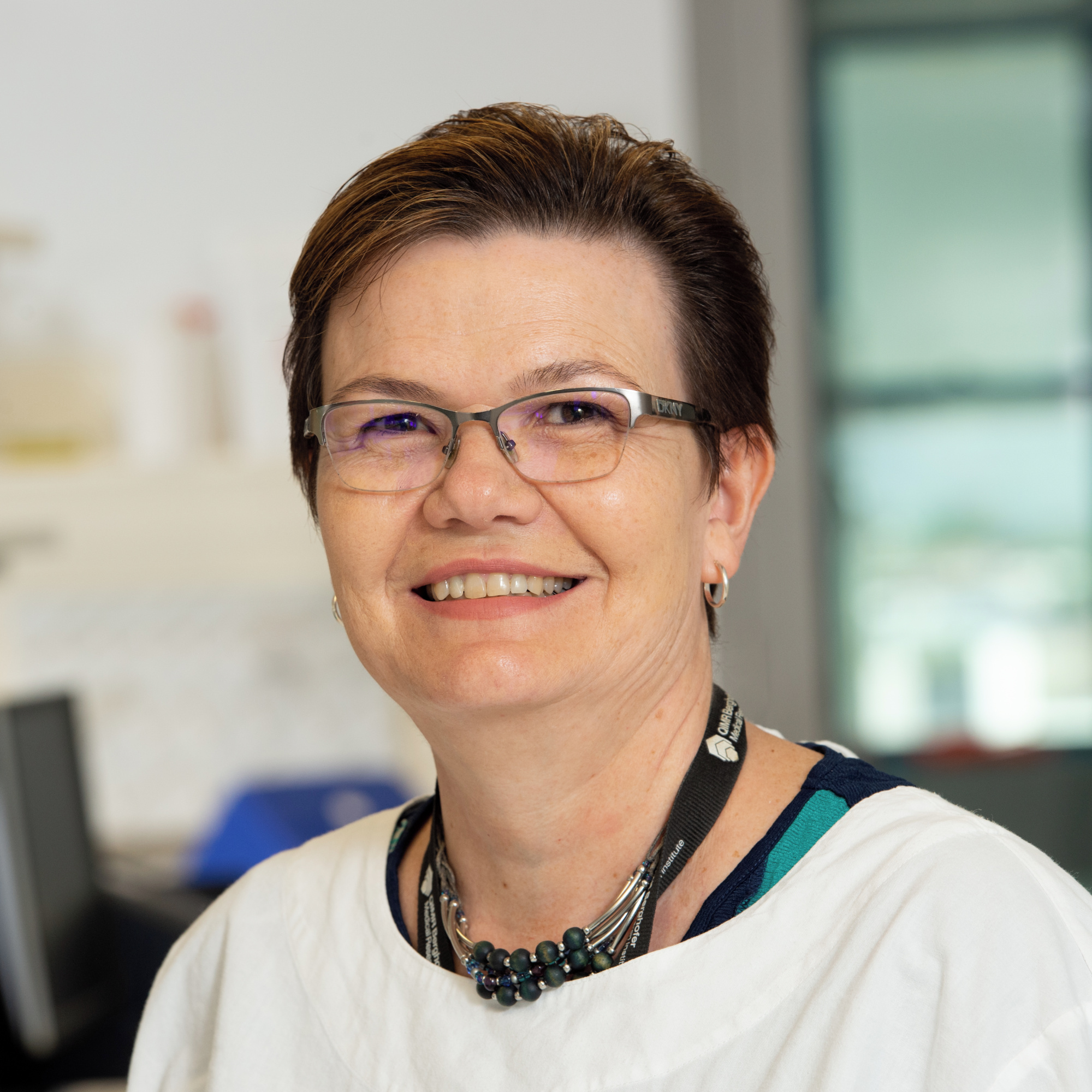 Professor Flavia Huygens is a microbiologist with QUT’s School of Biomedical Sciences and Director of the Centre for Immunology and Infection Control.
Professor Flavia Huygens is a microbiologist with QUT’s School of Biomedical Sciences and Director of the Centre for Immunology and Infection Control.
Her message for community members – including children – is to not walk through flood water or play in stormwater, and to avoid all rain and stormwater on paths because it can carry waterborne pathogens that can lead to gastro-intestinal symptoms.
She can discuss infection transmission routes from flood water, including ingestion/swallowing water, aerosol transmission, and through cuts/scratches on the skin, as well as the threat of E. coli and other pathogens in leakage from sewage and septic tanks.
How probable is extreme weather?
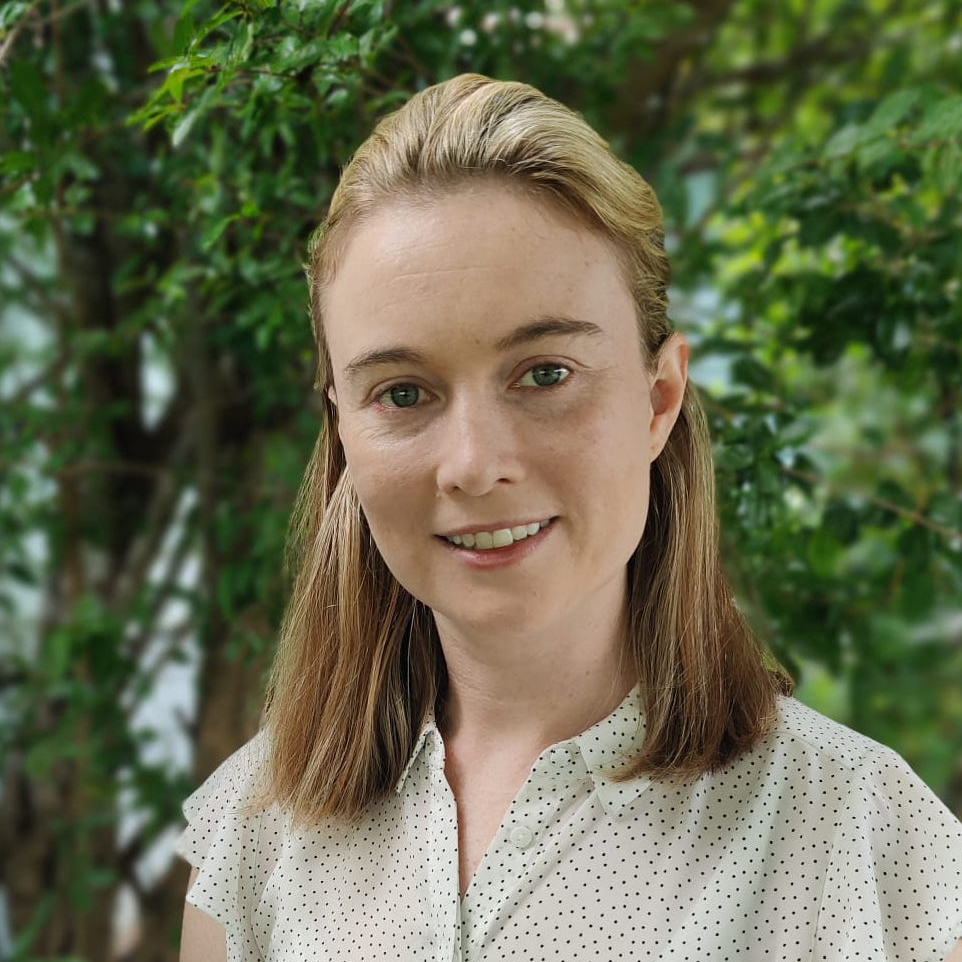 Dr Kate Saunders is researcher with QUT’s School of Mathematical Sciences and QUT Centre for Data Science and an expert in how mathematics and statistics are used to estimate the probability of extreme events.
Dr Kate Saunders is researcher with QUT’s School of Mathematical Sciences and QUT Centre for Data Science and an expert in how mathematics and statistics are used to estimate the probability of extreme events.
She can discuss estimations of a ‘one in 100 year’ or ‘one in 500 year’ event and explain how comparison statements such as these can inaccurately assume our climate is stationary. Rather, it is important to take into account other factors, such as it being a La Nina year, before working out the probably of extreme weather.
Dr Saunders can also discuss how flood impact warnings can be better translated into information people can use and act upon.
Culturally and linguistically diverse (CALD) communities grapple with access to flood information
 Dr Jenny Zhengye Hou is a Chief Investigator with QUT’s Digital Media Research Centre, with research interests including strategic communication and institutional sociology, fake news in the digital age, and the interrelationship between public relations and journalism.
Dr Jenny Zhengye Hou is a Chief Investigator with QUT’s Digital Media Research Centre, with research interests including strategic communication and institutional sociology, fake news in the digital age, and the interrelationship between public relations and journalism.
She can discuss the need for disaster literacy education to be for everyone.
Dr Hou is recommending the use of a ‘messenger ambassador system’ to target CALD communities and provide accurate information, rather than communities relying on community social media or group messages which are often accompanied with disinformation or rumours.
Flood warnings not at best practice – information should be specific and from a single source
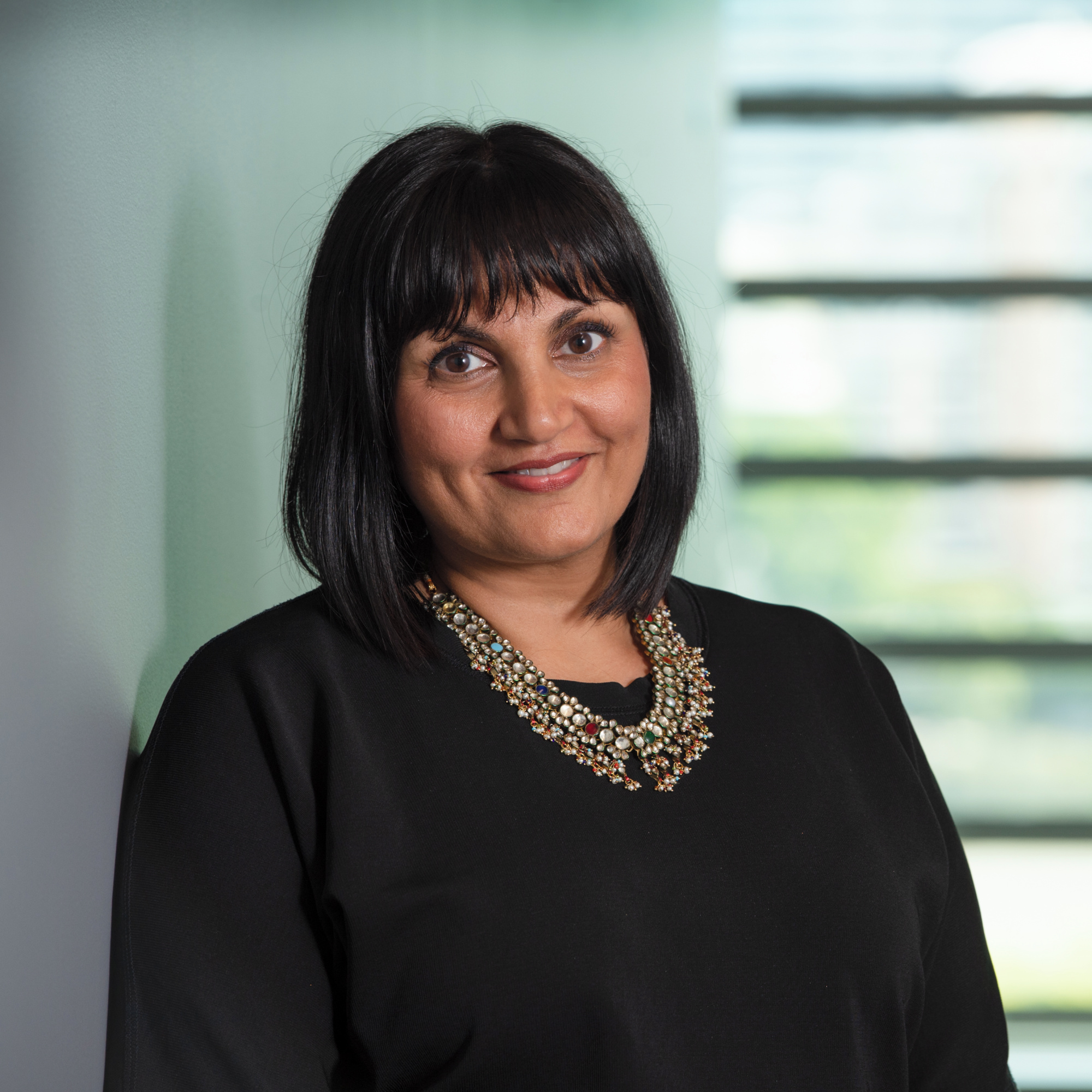 Professor Amisha Mehta is a researcher with the QUT School of Business who specialises in risk and crisis communication. Her research has been translated into new national policy via the Australian Warnings System, she is a member of the Advisory Panel for the Inspector-General Emergency Management, and she leads the World Meteorological Organization’s High Impact Weather trust project
Professor Amisha Mehta is a researcher with the QUT School of Business who specialises in risk and crisis communication. Her research has been translated into new national policy via the Australian Warnings System, she is a member of the Advisory Panel for the Inspector-General Emergency Management, and she leads the World Meteorological Organization’s High Impact Weather trust project
Professor Mehta can discuss her views on current south east Queensland and local government flood warnings, which she says are not at best practice or Australian standard or equivalent to state bushfire warnings, despite the sector’s good intentions.
Her research has continuously identified the need for a single point of information so that community members don't have to navigate multiple sources and systems to understand their risk.
Bigger floods, fiercer bushfires – mother nature on steroids due to climate change
 Professor Hilary Bambrick is an adjunct professor with the QUT School of Public Health and Social Work, a councillor with Australia’s Climate Council, and an expert on the health impacts of global warming.
Professor Hilary Bambrick is an adjunct professor with the QUT School of Public Health and Social Work, a councillor with Australia’s Climate Council, and an expert on the health impacts of global warming.
She says that, despite decades of warnings from scientists about climate change, Australia is unprepared for the supercharged weather that this changing climate is now driving – such as the current floods in Queensland and NSW.
She can discuss how climate change is affecting Australia’s extreme weather and the urgent need for strong action, including a 75 per cent emissions reduction by 2030 (on 2005 levels) through the phasing out fossil fuel and no expansion of coal and gas in Australia. She also advocates a national adaptation strategy to better prepare and respond to increasingly catastrophic events.
Floods mean grocery bills set to rise
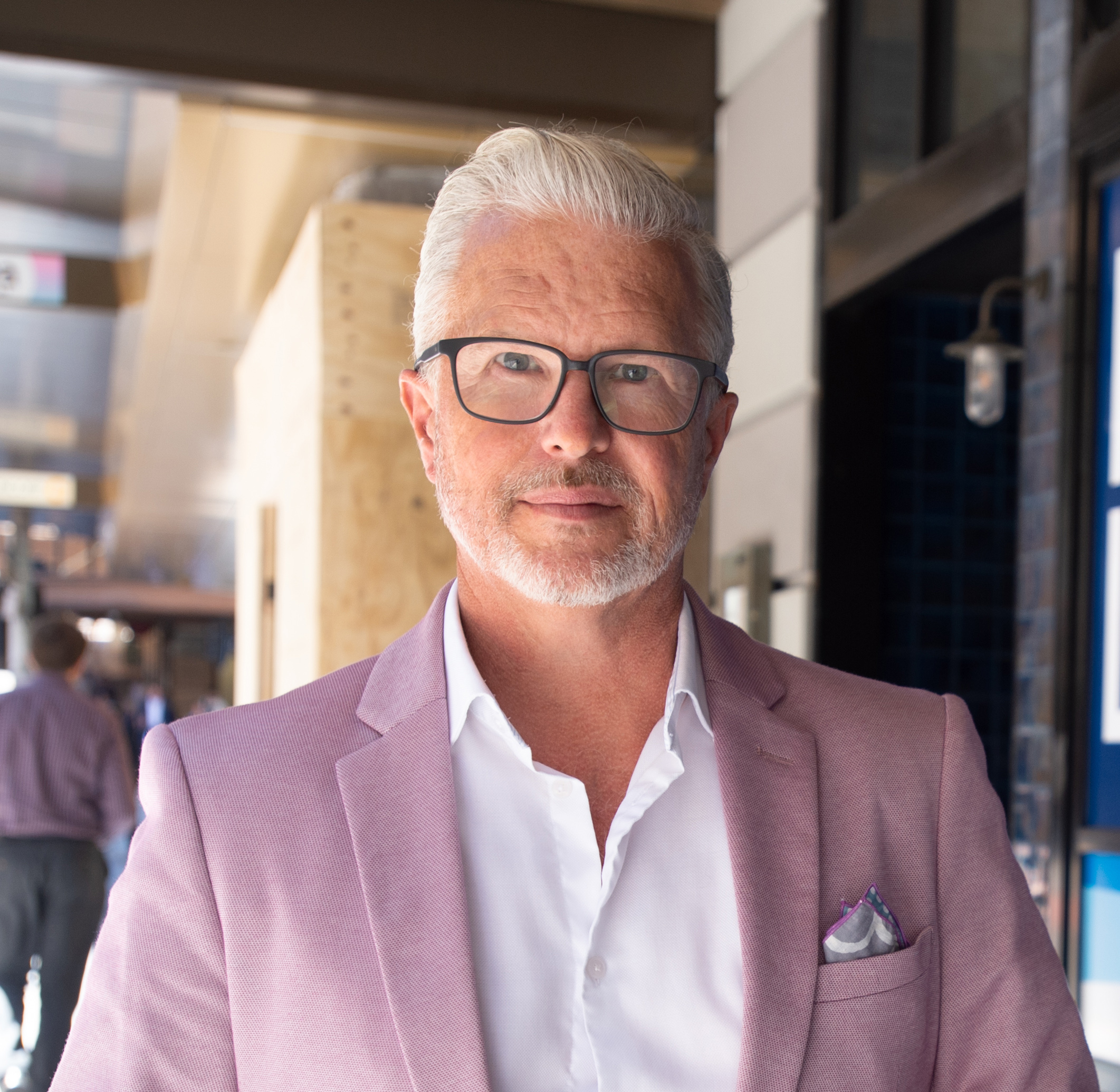
Professor Gary Mortimer from the QUT School of Business is a retail analyst who researches food retailing, retail marketing and consumer behaviour.
He can discuss how the floods will heavily impact food supplies and prices, with local fruit and produce shops particularly affected.
He says months of COVID-related supply issues with food transportation will now be exacerbated by the floods, especially in getting supplies to the north of Brisbane and around south east Queensland.
How can we collaborate to build greater resilience and improve responses to floods and other crises?
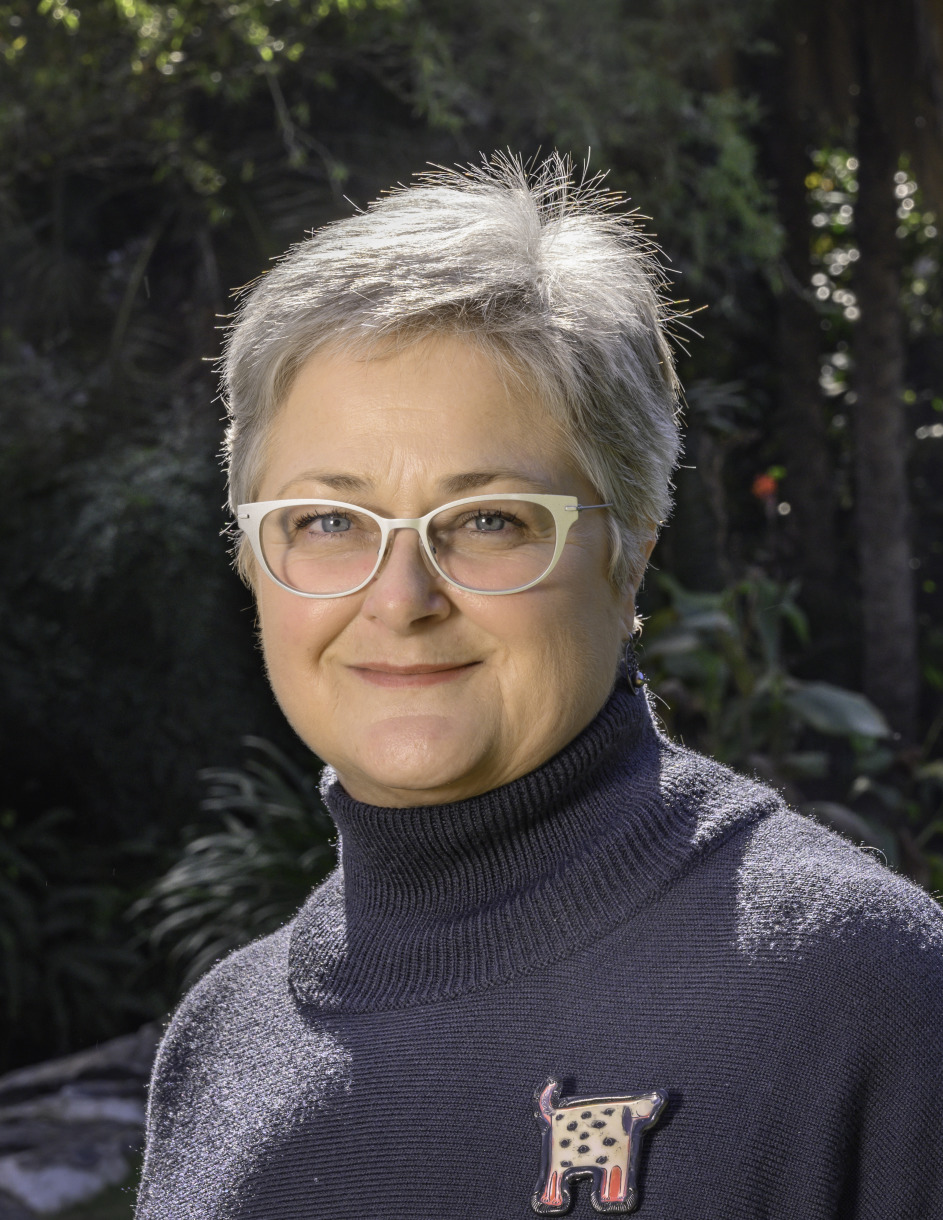 Professor Vivienne Tippett is Director of Research for QUT's School of Clinical Science. She currently leads a Bushfire and Natural Hazards CRC consortium on emergency warnings and crisis communication, bringing together expertise from across sectors and areas of expertise to help communities in response natural hazards including floods.
Professor Vivienne Tippett is Director of Research for QUT's School of Clinical Science. She currently leads a Bushfire and Natural Hazards CRC consortium on emergency warnings and crisis communication, bringing together expertise from across sectors and areas of expertise to help communities in response natural hazards including floods.
She worked for nearly 20 years as a clinical researcher in emergency pre-hospital care, including as Director of the Australian Centre for Pre-hospital Care Research at University of Queensland and Queensland Ambulance Service.
In recognition of her work, Professor Tippett has been awarded a Distinguished Services Medal by the Queensland Ambulance Service in 2011, the OAM for services to medical education in 2018, and in 2014 was acknowledged as one of 125 Women in Leadership awardees by the YWCA.
How do ecosystems regulate flooding and how do we promote greater resilience through land use choices
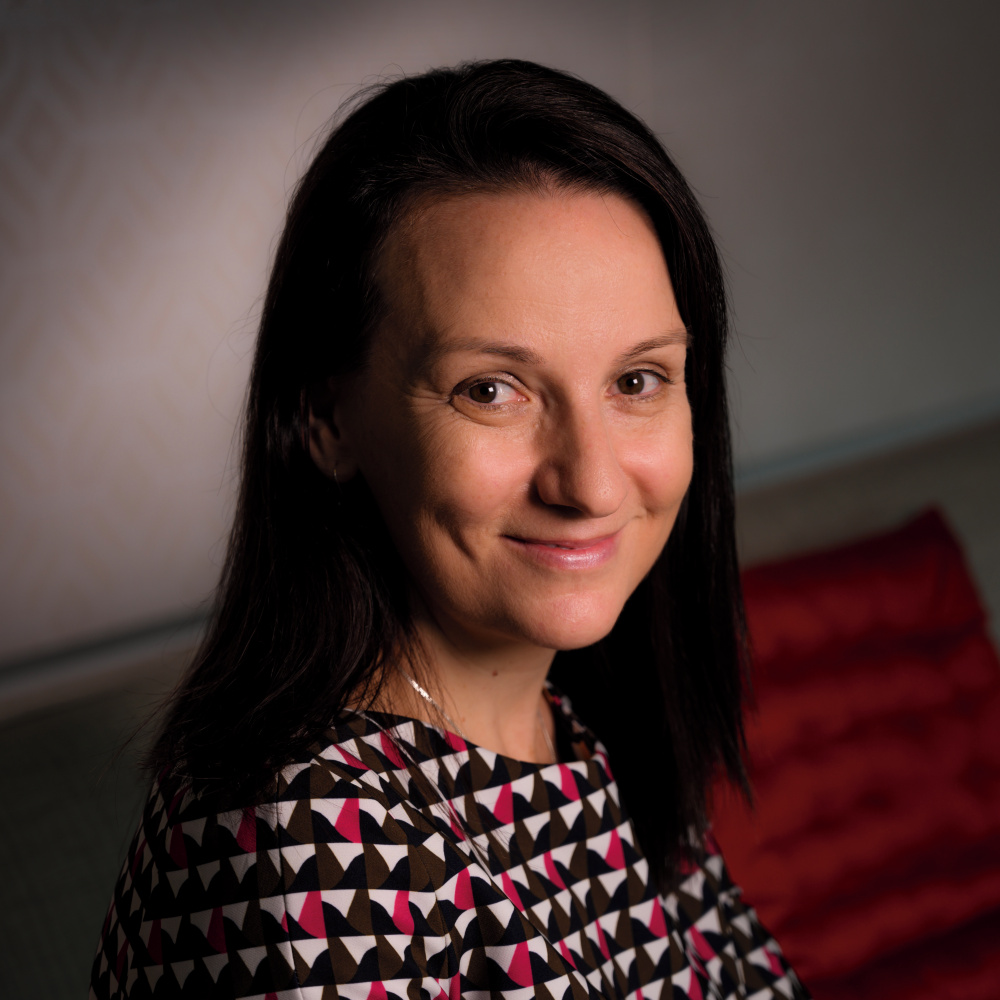 Professor Kerrie Wilson is the Pro Vice-Chancellor (Sustainability Strategy) at QUT.
Professor Kerrie Wilson is the Pro Vice-Chancellor (Sustainability Strategy) at QUT.
Her research expertise includes understanding how flooding risks are associated with features of the local climate and landscape, determining how changes to land use can increase flooding risks (including frequency and severity), appreciating the importance and role of ecosystems in regulating flooding, and understanding how to increase our resilience to floods (at a global and local level).
Professor Wilson has more than two decades of experience in sustainability and conservation, and was previously QUT’s Executive Director of the Institute for Future Environments. Her research has been published in high impact journals, such as Nature and Science, and involves collaborations with government agencies and NGOs at local, national and global levels.
How can data from diverse sources help inform decisions and the public during floods and other crises?
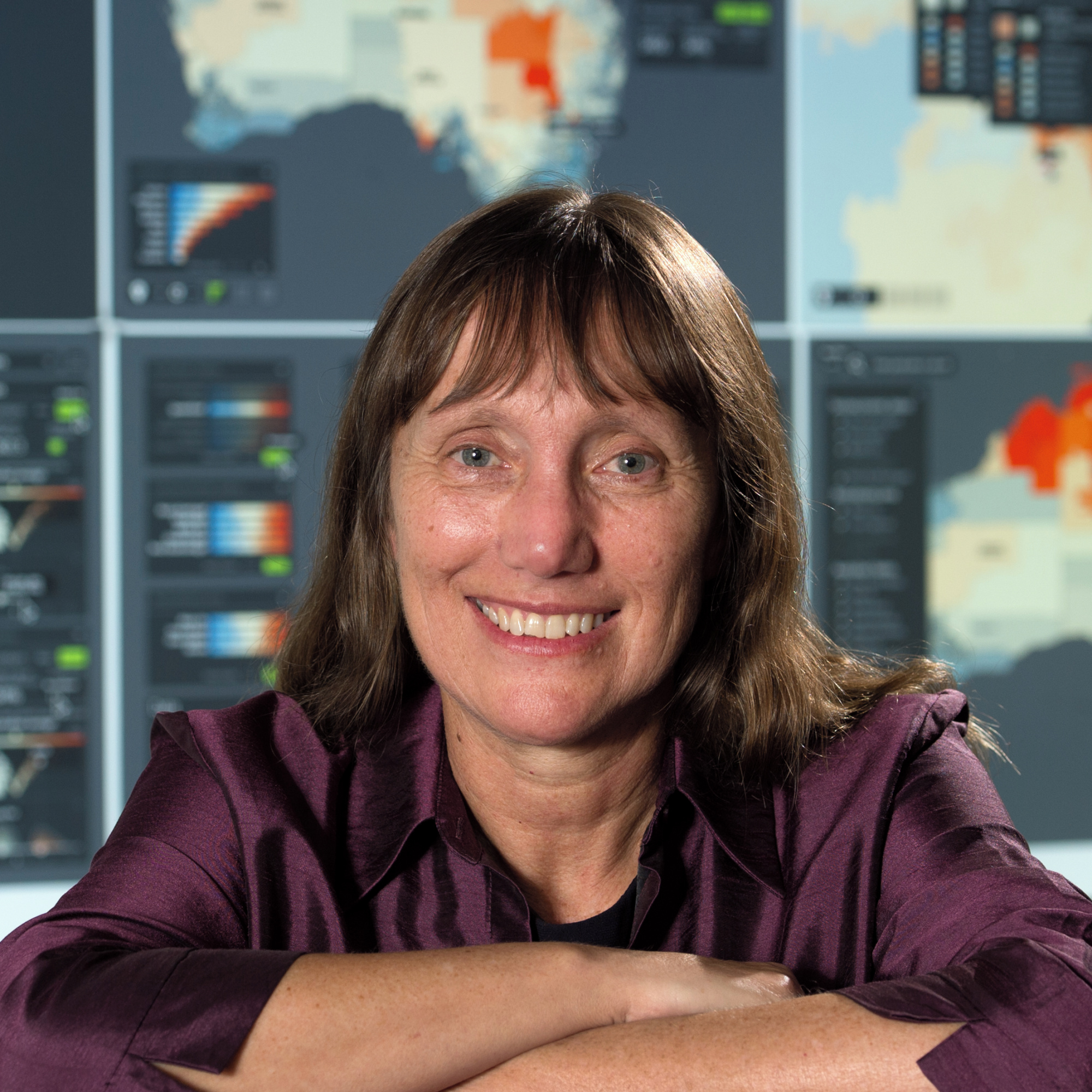 Distinguished Professor Kerrie Mengersen’s research focuses on using data science to help solve complex environmental, health, and other real-world problems, including by harnessing diverse sources of data (from sensors to citizens) and developing new statistical, mathematical, and computational methods.
Distinguished Professor Kerrie Mengersen’s research focuses on using data science to help solve complex environmental, health, and other real-world problems, including by harnessing diverse sources of data (from sensors to citizens) and developing new statistical, mathematical, and computational methods.
She is Director of the QUT Centre for Data Science, which has expertise, tools, and resources to help with disaster preparedness, resilience, and decision-making, including AusEnHealth, Australia’s first national digital environmental health decision support system, provides access to environmental data and health outcomes, to help identify susceptibility, vulnerability, and adaptablity over space and time, and inform decisions to increase resilience, including in the face of climate change.
Professor Mengersen is an elected Fellow of the Australian Academy of Science and the Academy of Social Sciences in Australia.
Media contact (including after hours): media@qut.edu.au or 0407 585 901


